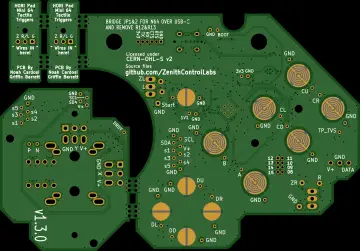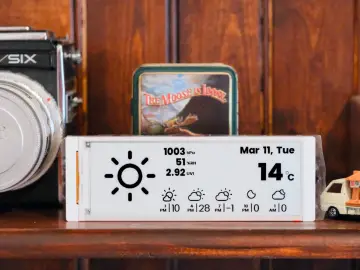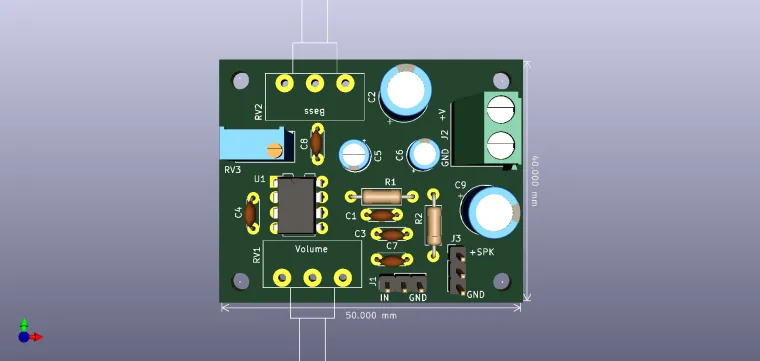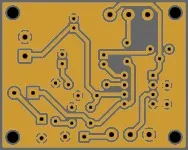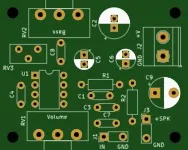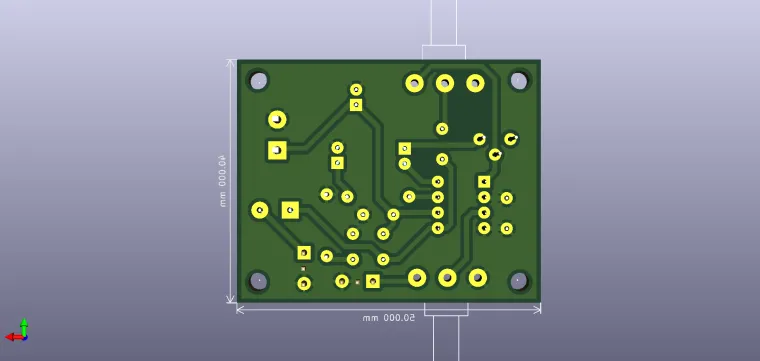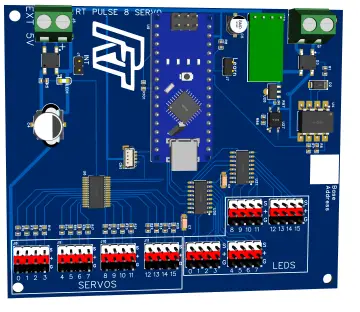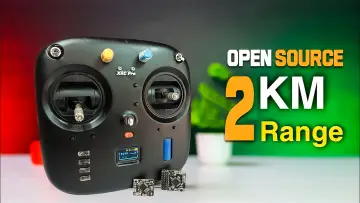Story
Audio amplifier with LM386 (and BASS boost)
Hello everyone!
Circuit description
The LM386 is quite a versatile chip. Only a few resistors and capacitors are needed to make a working audio amplifier. The chip has options for gain control and bass boost, and can also be turned into an oscillator capable of outputting sine waves or square waves.
There are three variants of the LM386, each with different output powers:
- LM386N-1: 0.325 watts
- LM386N-3: 0.700 watts
- LM386N-4: 1.00 watts
The actual power output you get will depend on the supply voltage and speaker impedance. The datasheet says that these ICs have a wide range of supply voltages: 4V-12V or 5V-18V. Check according to the series of your IC.
The LM386 is a type of operational amplifier (Op-Amp). Op amps have a basic duty. They take an input potential (voltage) and produce an output potential that is tens, hundreds, or thousands of times the magnitude of the input potential. In an amplifier circuit, the LM386 takes an audio input signal and increases its potential anywhere from 20 to 200 times. This amplification is what is called voltage gain.
After building this amp and playing around with the volume and gain controls, you'll notice that both seem to increase or decrease the intensity of the sound coming out of the speaker. So what's the difference then? Gain is the amplification of the input potential and is a characteristic of the amplifier. Volume allows you to adjust the sound level within the amplification range set by the gain. Gain sets the range of possible volume levels. For example, if the gain is set to 20, the volume range is 0 to 20. If the gain is set to 200, the volume range is 0 to 200.
Gain control can be achieved by connecting a 10 μF capacitor between pins 1 and 8. Without a capacitor between pins 1 and 8, the gain will be set to 20. With the 10 μF capacitor, the gain will be set to 200. The gain can be changed to any value between 20 and 200 by placing a resistor (or potentiometer). ) in series with the capacitor.
An interesting feature of the LM386 is the option to add an adjustable bass boost to the amplifier. You will probably find that this is the best sounding circuit. The bass boost is basically just a low pass filter and removes most of the noise that is not removed by the decoupling capacitors. All you need for the bass boost circuit is a 0.033μF capacitor and a 10K Ohm potentiometer in series between pins 1 and 5.
P.S. I am not the original author of this circuit, more details here https://www.circuitbasics.com/build-a-great-sounding-audio-amplifier-with-bass-boost-from-the-lm386/.
Enjoy it!












